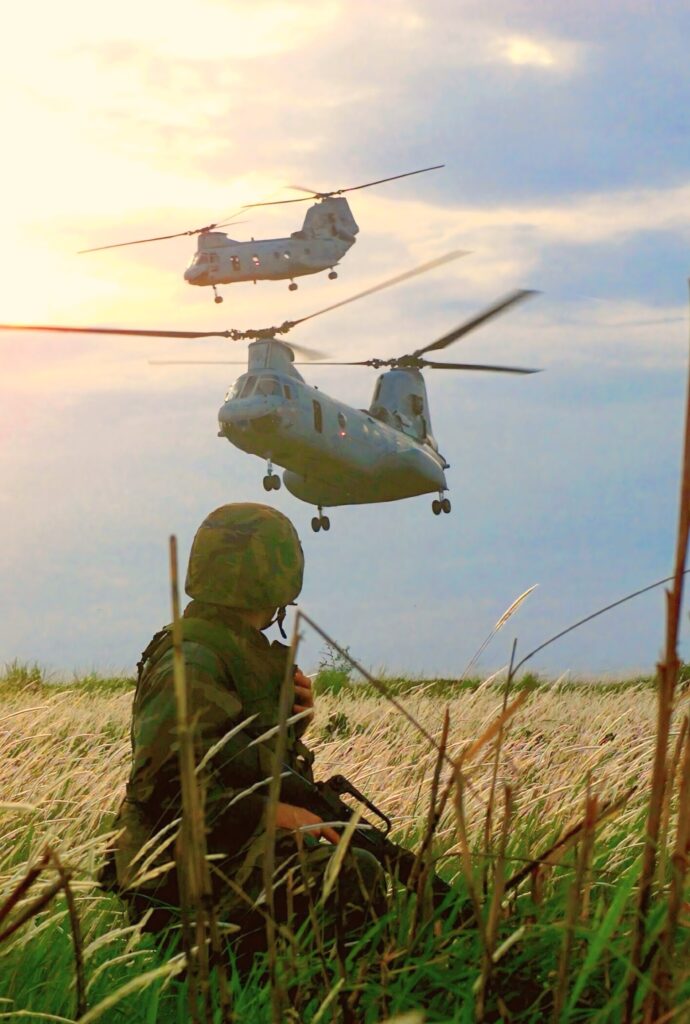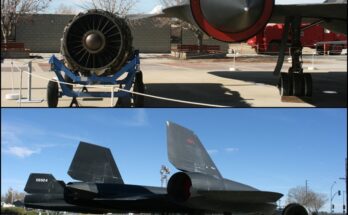
The Boeing CH-46 Sea Knight is a twin-rotor, medium-lift transport helicopter that served as a reliable workhorse for the United States Marine Corps, Navy, and several international operators for more than five decades. First flown in 1962, the Sea Knight was designed to move troops, equipment, and supplies quickly between ships and shore, especially during amphibious operations. Its distinctive tandem rotor system allowed it to operate in conditions where single-rotor helicopters might struggle, offering better stability, lift capability, and control in tight spaces.
Often referred to as the “Phrog” by Marines and crew members, the CH-46 became closely associated with U.S. military operations during the Vietnam War. It was used extensively for troop insertion, casualty evacuation, and resupply missions. Its ability to carry up to 25 troops or around 4,000 pounds of cargo made it especially valuable in areas that were difficult to reach by ground vehicles. Despite facing hostile fire and difficult weather, the Sea Knight earned a reputation for being tough, dependable, and relatively easy to maintain in the field.
The helicopter continued to serve well beyond Vietnam. During the Gulf War, the Iraq War, and humanitarian missions such as disaster relief, the CH-46 remained a key asset. Its wide rear ramp allowed rapid loading and unloading, which was crucial in emergency medical evacuations and support operations. Another advantage was its ability to land on both land and water, thanks to its boat-shaped lower fuselage, making it ideal for naval missions.
Over time, advances in technology and the increasing age of the fleet led to the decision to replace the Sea Knight. The MV-22 Osprey, a tiltrotor aircraft with greater speed and range, gradually took over its role. The CH-46 officially retired from Marine Corps service in 2014, marking the end of an era. However, some aircraft continued flying in civilian roles, including firefighting, search and rescue, and commercial transport. A small number were also transferred to the U.S. State Department for diplomatic support missions.
Even after retirement, the Sea Knight holds a lasting place in aviation history. Veterans who flew or rode in the aircraft often speak about its reliability and the sense of security it provided. Museums across the United States now display preserved CH-46 airframes, ensuring that future generations can learn about its legacy.
The Boeing CH-46 Sea Knight may not have been the most advanced helicopter of its time, but its long service life and adaptability made it one of the most respected. From combat zones to humanitarian efforts, it proved that a well-designed aircraft can stay relevant through decades of changing missions. Its story is a reminder that aviation history is not just about cutting-edge speed or power, but also about the dependable machines that quietly do the hard work, year after year.


